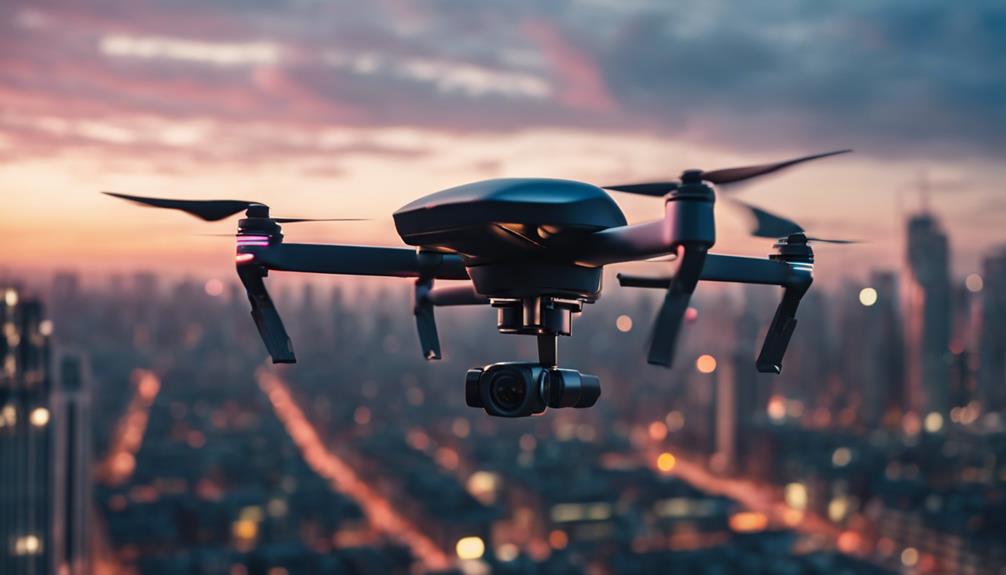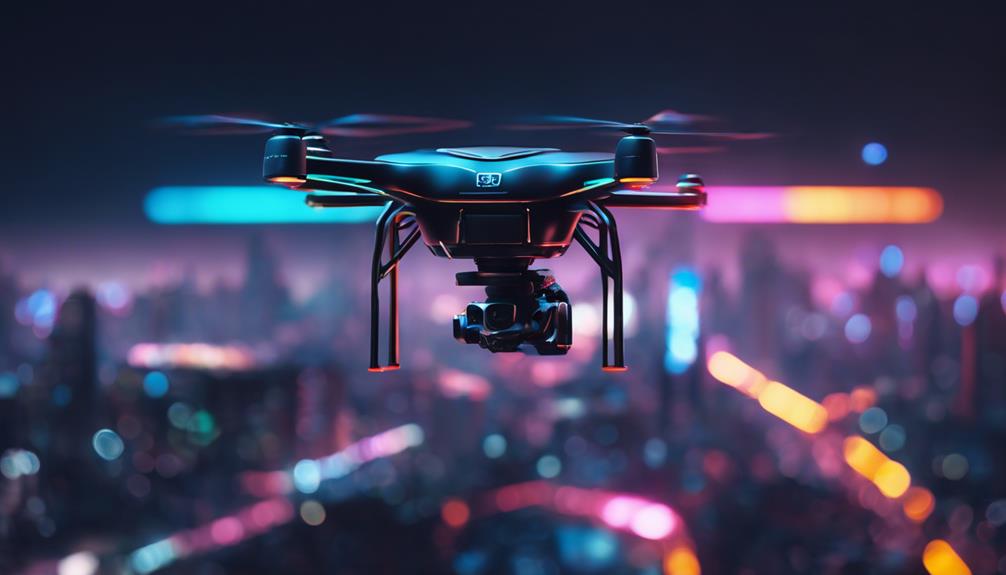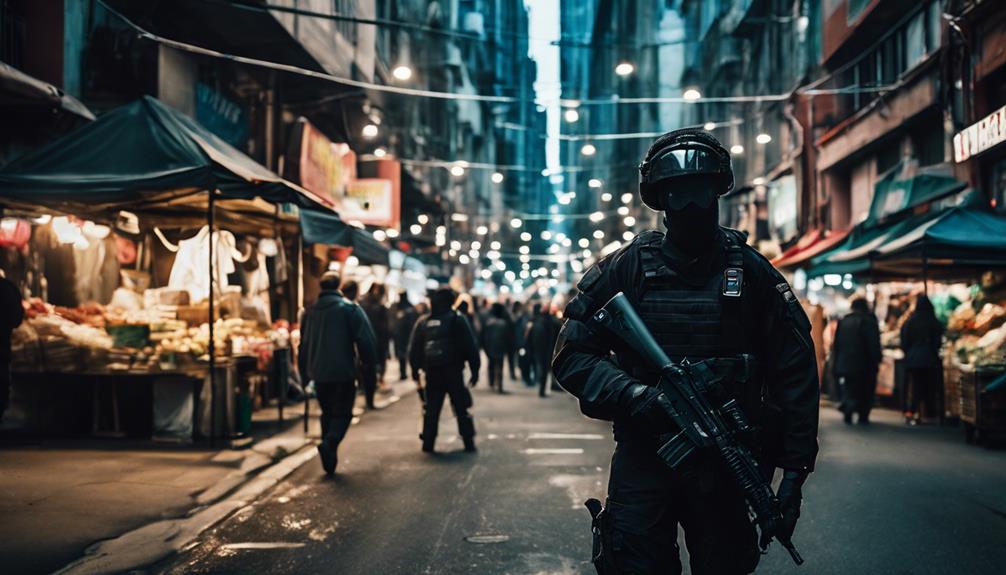
In an age where security concerns are paramount, the use of spy cameras has gained considerable traction among individuals and organizations alike. These discreet devices serve a multitude of purposes, from monitoring property to ensuring personal safety. At the heart of these devices lies the spy camera lens, a critical component that significantly influences both the quality and effectiveness of surveillance. This article will explore the intricacies of spy camera lenses, highlighting essential features, technological advancements, and legal considerations that come into play when selecting and using these devices.
Understanding the Basics of Spy Camera Lenses
Spy camera lenses are specialized optical components designed to capture images and video discreetly. Unlike traditional camera lenses, spy camera lenses often come in small, compact sizes, making them easy to integrate into various settings without attracting undue attention. Their primary function is to gather light and focus it onto a sensor, thus producing images that can be stored or transmitted for later viewing. Understanding the basic functionality of these lenses is crucial for anyone looking to enhance their surveillance capabilities.
Additionally, spy camera lenses are characterized by their unique specifications, including focal length, aperture, and field of view. These parameters determine how much light the lens can capture and the area it can cover. A wide-angle lens, for example, is ideal for expansive environments, while a telephoto lens allows for detailed capturing of distant subjects. An appreciation of these fundamentals is the first step toward making informed decisions in selecting the right lens for specific surveillance needs.
Key Features to Look for in Spy Camera Lenses
When selecting a spy camera lens, there are key features that one should prioritize to ensure optimal performance. One such feature is the aperture size, which affects the lens’s ability to perform in low-light conditions. A larger aperture allows more light in, resulting in clearer images in dimly lit environments—a critical consideration for nighttime surveillance. Additionally, lenses equipped with advanced night vision features can significantly enhance performance after dark.
Another crucial aspect is the lens’s field of view (FOV). A wider FOV is beneficial for covering larger areas without needing multiple cameras, while a narrower FOV can focus on specific subjects. Users should also consider whether they need fixed or varifocal lenses, as varifocal lenses provide the flexibility to adjust focal lengths according to the monitoring requirements. Prioritizing these features will ensure that the chosen lens meets specific surveillance needs and environmental conditions.
How Spy Camera Lenses Enhance Surveillance Quality
The quality of surveillance footage is heavily influenced by the type of lens used in a spy camera. High-resolution lenses, for instance, provide clearer and more detailed images, which is vital for identifying individuals or activities. The clarity offered by quality lenses can be the difference between a usable piece of evidence and a blurry image that fails to serve its purpose. Consequently, investing in a good quality lens is not just a matter of preference but a necessity for effective surveillance.
Moreover, advanced spy camera lenses often incorporate image stabilization technology, which reduces blurriness caused by motion or vibration. This feature is particularly beneficial in dynamic environments where subjects are constantly moving. Combining high resolution with stabilization results in sharp, clear video that is invaluable for review and analysis. In summary, the right spy camera lens can substantially elevate the quality of surveillance footage, thereby improving overall security effectiveness.
The Technology Behind Modern Spy Camera Lenses
Modern spy camera lenses utilize cutting-edge technology to ensure high performance and adaptability. Many lenses now feature digital enhancements, such as image processing algorithms that refine image quality in real-time. These advancements allow for improved color accuracy, contrast, and sharpness, which are essential for comprehensive surveillance. Additionally, some lenses now support wireless connectivity, enabling remote monitoring and control through smartphones or PCs.
Furthermore, modern lenses are often equipped with infrared capabilities for night vision, allowing them to capture clear footage even in total darkness. This technology has transformed surveillance practices, enabling 24/7 monitoring without the need for external light sources. Coupled with motion detection and alert systems, these lenses provide a sophisticated solution for maintaining security around the clock. Thus, understanding the technology behind these devices is critical for selecting the most effective spy camera lens.
Choosing the Right Spy Camera Lens for Your Needs
When it comes to choosing the right spy camera lens, one must first identify their specific surveillance needs. Considerations such as the environment (indoors vs. outdoors), lighting conditions, and the distance from which subjects will be monitored play a significant role in decision-making. For outdoor use, durability and weatherproofing are crucial, while indoor setups may focus more on aesthetics and discreet placement.
Additionally, users should assess the intended level of detail required from the surveillance footage. For example, if the aim is to monitor a wide area, a lens with a broad field of view would be ideal. Conversely, if the focus is on identifying license plates or faces from a distance, a lens with a longer focal length will be necessary. Ultimately, clearly defining surveillance objectives will help streamline the selection process and lead to a more effective implementation of spy cameras.
Legal Aspects of Using Spy Camera Lenses
Before deploying spy cameras equipped with specialized lenses, it is imperative to understand the legal implications surrounding their use. Different jurisdictions have distinct laws regarding surveillance, privacy, and the recording of individuals without their consent. Engaging in surveillance activities without proper knowledge of these laws could lead to severe legal repercussions, including fines or criminal charges.
Moreover, many regions require individuals to obtain consent before recording in certain areas, particularly in private spaces such as homes or businesses. Familiarizing oneself with local regulations and, if necessary, consulting with a legal professional can help mitigate potential legal issues. Understanding the legal landscape surrounding the use of spy camera lenses is critical for ensuring that surveillance efforts remain ethical and lawful.
Tips for Discreetly Installing Spy Camera Lenses
Discreet installation of spy camera lenses is essential to ensure that surveillance efforts are effective and unobtrusive. One effective strategy is to blend the camera into its environment. This can involve using decorative objects, such as plants or picture frames, to conceal the camera while still allowing for optimal viewing angles. For instance, incorporating a lens within a smoke detector or a clock can provide natural camouflage.
Additionally, considering the placement and angle of the camera can significantly improve its discreteness. Avoid placing cameras in overly obvious locations, and instead, choose spots that provide good visibility while remaining hidden from plain sight. Using wireless cameras can also help reduce clutter and facilitate easier installation. By employing these tactics, users can maximize the effectiveness of their surveillance without raising suspicion.
Maintaining and Caring for Spy Camera Lenses
Proper maintenance and care of spy camera lenses are vital for ensuring their longevity and optimal performance. Regularly cleaning the lens is essential to prevent dust, fingerprints, and smudges from obstructing the view. Using a microfiber cloth and lens cleaning solution can help maintain clarity and image quality. Users should also check for any physical damage, such as scratches or cracks, which could affect the lens’s functionality.
In addition to physical care, software maintenance should not be overlooked. Regularly updating the camera firmware can enhance performance and provide access to new features. Furthermore, regularly reviewing footage can help identify any issues with the lens or camera placement that may need adjustment. By putting these maintenance practices in place, users can ensure that their spy camera lenses remain in peak condition.
Popular Brands of Spy Camera Lenses to Consider
The market for spy camera lenses is populated with several reputable brands known for their quality and reliability. Brands like Hikvision and Dahua Technology are well-regarded in the surveillance industry for their advanced technology and robust product lines. These companies offer a variety of lenses suitable for different environments and surveillance needs, from compact options for discreet installations to high-resolution lenses for detailed monitoring.
Another notable brand is Amcrest, which provides consumer-friendly options that are both easy to install and operate. Their lenses often feature user-friendly interfaces and compatibility with various smart devices, making them ideal for those new to surveillance. By researching and selecting from trusted brands, consumers can have confidence in the quality and effectiveness of their spy camera lenses.
The Future of Spy Camera Lens Technology and Trends
As technology continues to evolve, the future of spy camera lens technology holds exciting possibilities. Innovations in artificial intelligence and machine learning are poised to enhance surveillance capabilities, enabling cameras to recognize faces, detect unusual patterns, and even predict potential threats. This would not only improve the efficiency of monitoring but also reduce the overwhelming volume of footage that needs to be reviewed manually.
Moreover, the integration of 5G technology is expected to revolutionize how spy cameras transmit data. Faster connectivity will enable real-time streaming and quicker responses to surveillance alerts, creating a more proactive security landscape. Additionally, advancements in miniaturization will allow for even smaller and more discreet camera setups. As these trends continue to emerge, staying informed about the developments in spy camera lens technology will be crucial for anyone invested in surveillance.
In conclusion, spy camera lenses are an essential component of modern surveillance systems, playing a pivotal role in determining the quality and effectiveness of monitoring efforts. By understanding the various aspects of spy camera lenses—from key features and technological advancements to legal considerations and installation tips—individuals and organizations can make informed decisions that enhance their security measures. As technology progresses, it is crucial to remain aware of emerging trends and innovations that promise to shape the future of surveillance. Investing time in research and understanding will ultimately lead to more effective surveillance solutions that meet diverse needs.





